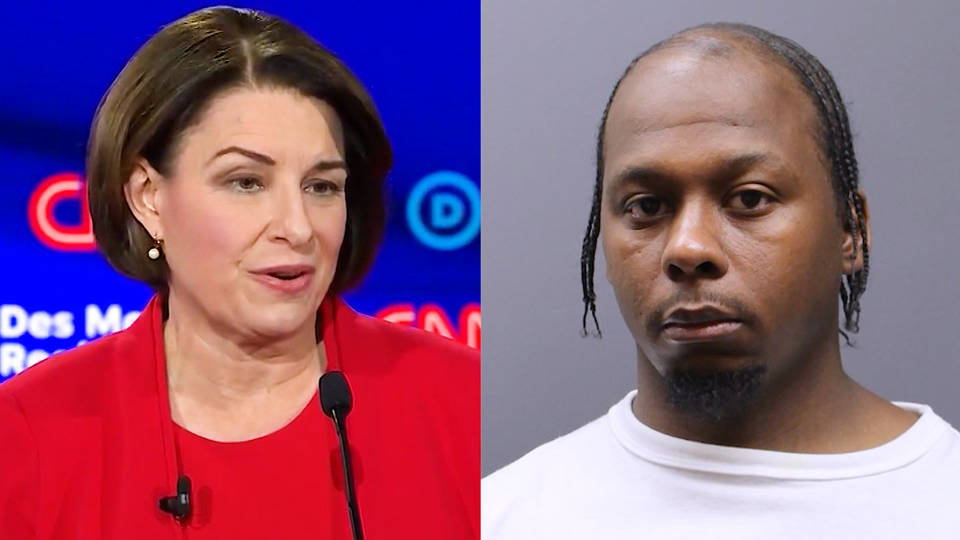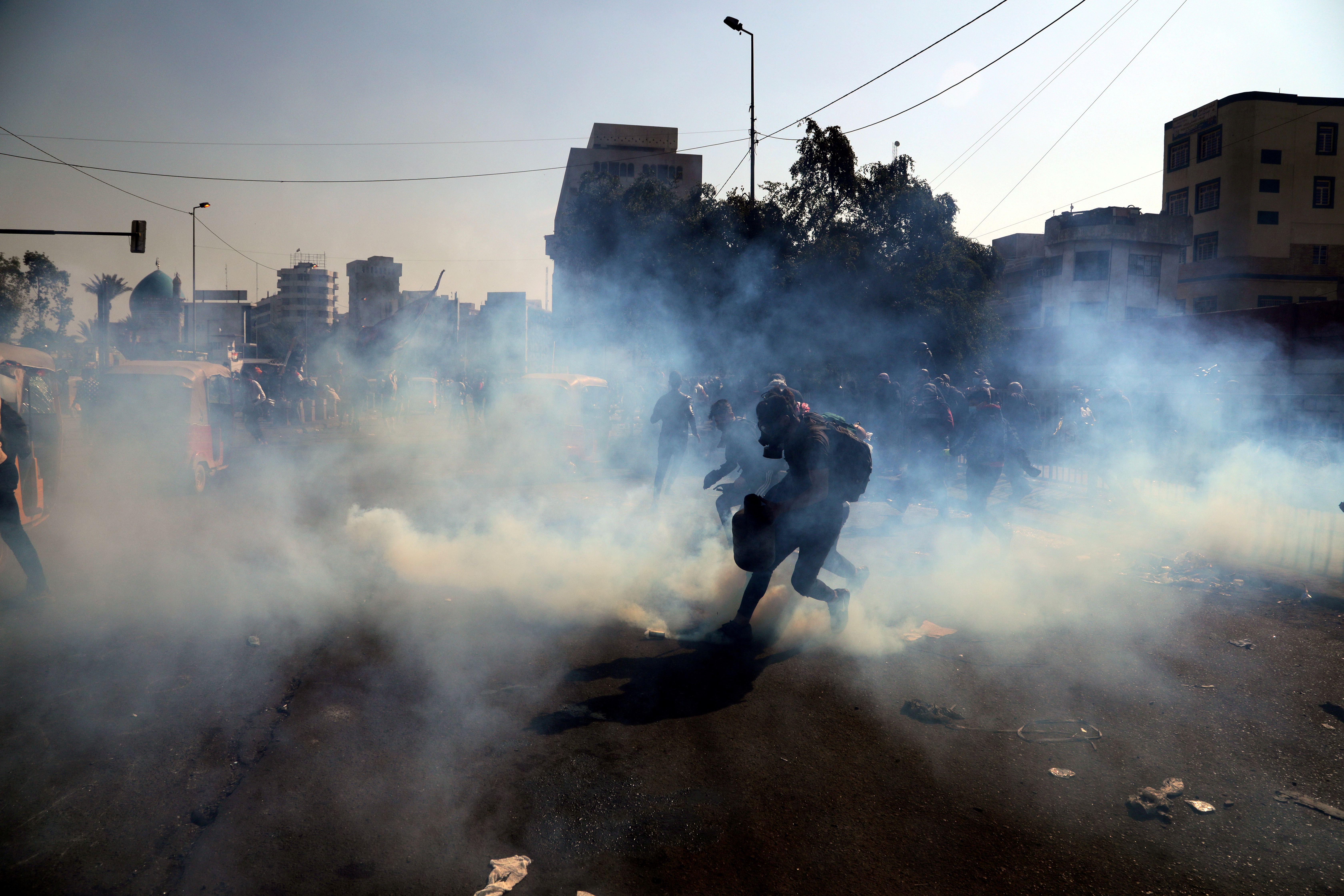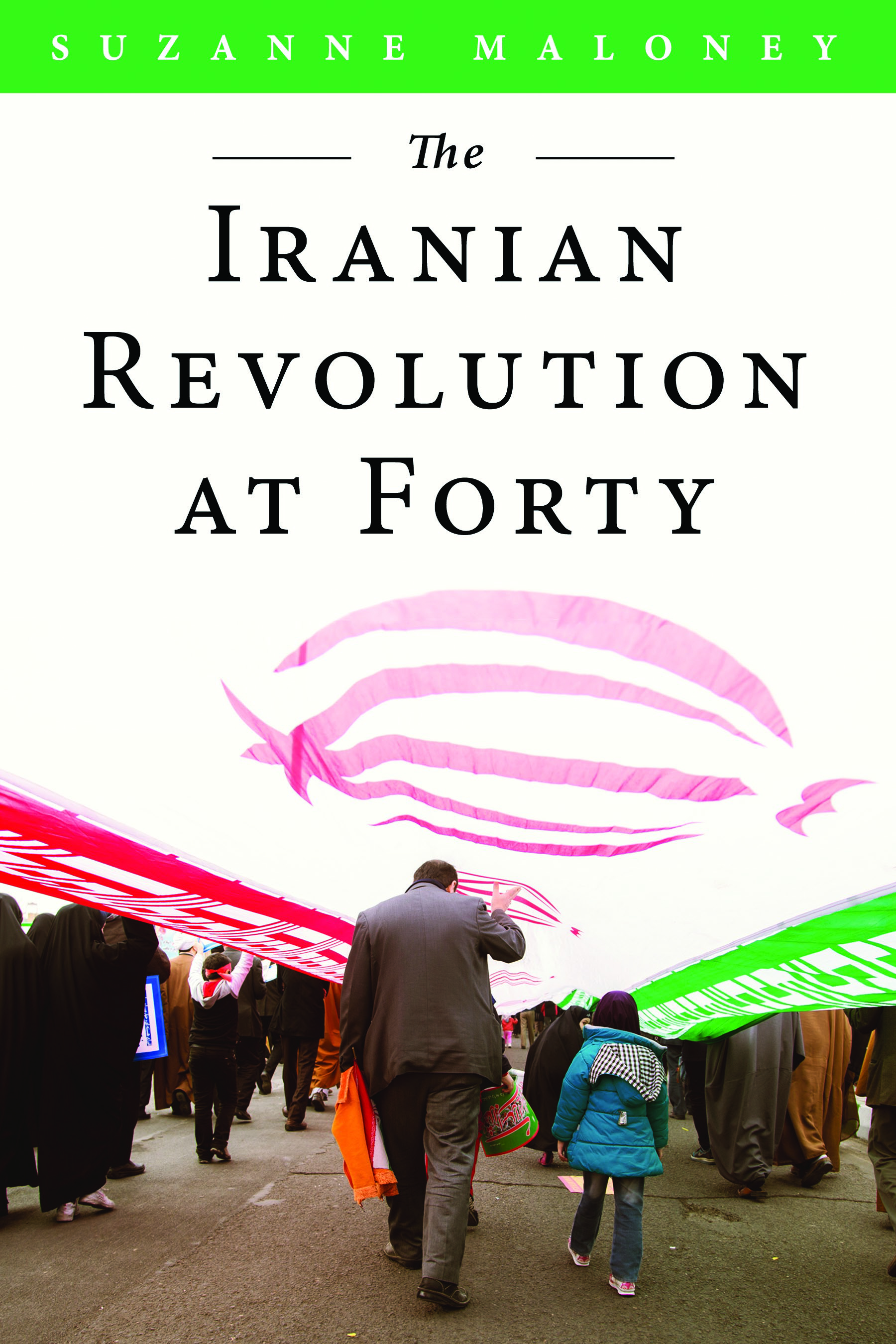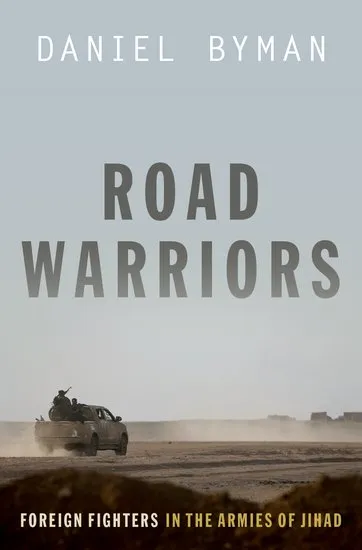BY JASON KELLEY AND MITCH STOLTZ JANUARY 31, 2020

Once appearing to be a done deal, the sale of the .ORG registry to private equity is facing new delays and new opposition, after a successful protest in front of ICANN last week by nonprofits and an intervention by the California Attorney General. Private equity firm Ethos Capital’s proposed $1.1 billion purchase of the Public Interest Registry (PIR) has raised nearly unanimous opposition from the nonprofit world, along with expressions of concern from technical experts, members of Congress, two UN Special Rapporteurs, and U.S. state charities regulators. ICANN, the nonprofit body that oversees the Internet’s domain name system, has found itself under increasing pressure to reject the deal.
“ICANN, You Can Stop The Sale!”
Last Friday’s protest at ICANN’s Los Angeles headquarters was the culmination of two months of intense backlash to the sale by nonprofits from around the globe, from The Girl Scouts of America, Consumer Reports, and the YMCA to Wikimedia and Oxfam. Nonprofit professionals and technologists gathered to tell ICANN their concerns in person: a private equity–owned firm running the .ORG registry would have strong incentives to undermine the privacy and free speech rights of nonprofit organizations, and to exploit them financially, in pursuit of new revenue streams for its investors. Besides potentially raising annual registration fees, PIR could censor nonprofit organizations at the request of powerful corporations or governments, or it could collect and monetize web browsing data about the people who visit .ORG websites.
The day before the protest, ICANN and PIR agreed to extend the contractual deadline for ICANN’s review of the sale by nearly a month, until February 17th. Although ICANN initially demanded transparency from PIR; its owner, the Internet Society (ISOC); and Ethos Capital around the details of the sale and the legal framework of PIR’s new for-profit status, very little of this information has been released to the public. ICANN even seems to be ignoring a formal request [.pdf] for information by the Address Supporting Organization, part of the “Empowered Community” that was created to oversee ICANN after its independence from U.S. government control. Despite its initial lack of transparency, ICANN now seems to be feeling pressure from the public not to rubber-stamp the acquisition.
The protest was organized by EFF, NTEN, Fight for the Future, and Demand Progress. Shortly before it started, ICANN staff seemed ready to talk to the protesters, reaching out to the organizers and offering to meet with them in person after the event. The organizers agreed, and suggested ICANN staff and the board join during the protest as well—standing with protesters, if they’d like, or observing, to learn more about the coalition and their concerns. But on the day of the protest, ICANN staff canceled the in-person meeting.
As ICANN’s board of directors met inside, EFF’s Elliot Harmon explained to the crowd outside what was at stake: the .ORG ecosystem is "not a product to be sold. It's not this asset that you can let acquire a bunch of value over 16 years and then sell it to a private equity firm. It's something special. It's part of the infrastructure that the global NGO sector relies on.” Supporters joined in chants of “1,2,3,4, profit’s not what .ORG’s for!” and “ICANN, you can stop the sale!” As Amy Sample Ward, CEO of NTEN, said, “This is [ICANN’s] job. This is their responsibility… if we were to make a decision about who could own and manage the .ORG domain that truly had nonprofits and the public's interest at heart it would not be a private equity firm. So we understand the role that ICANN has apparently more than they seem to, and we are calling on them to step in, stop the sale, and to immediately open up a multi-stakeholder process.”
At the end of the rally, surprising the protestors, the entire ICANN board came out to meet them in person. Organizers handed copies of two petitions, signed by 34,000 individuals and over 700 nonprofit organizations, to Board President Maarten Botterman, in a powerful moment that signaled ICANN’s willingness to consider the protesters’ concerns.

Protesters gather at ICANN in support of nonprofits and .orgs

ICANN's board receives the petition
Also last week, well-known international NGO’s including Amnesty International, Access Now, and the Sierra Club held a press conference at the World Economic Forum in Davos, Switzerland, to tell world leaders that selling .ORG puts civil society at risk. Numerous recent stories in the press have covered nonprofits’ concerns as well, from the lack of transparency in the process and the failure of ICANN to consider alternatives to the danger the sale could represent to ICANN’s own governance.
California Attorney General Asks for Unredacted Financial Info On Sale, Questions ICANN’s Authority
The California Attorney General’s Office has also reached out to ICANN, according to correspondence published on the ICANN website [.pdf], and asked for in-depth information on the sale. Some of its questions overlap with the questions ICANN has asked of PIR. According to ICANN, the Attorney General’s request constitutes an order that overrides confidentiality agreements which previously let ICANN hold back information, and requires them to respond with the confidential documents. On account of that request, ICANN has asked PIR for two more months to review the sale, meaning that the sale cannot be completed before April. In the meantime, the Attorney General’s office will be “analyz[ing] the impact to the nonprofit community, including to ICANN.”
Among the documents requested are not only the financial agreements, meeting minutes, documentation, and correspondence related to the transfer itself, but also:
Detailed information about the removal of domain price caps, which occurred just months before the sale was announced, and which ICANN, ISOC, and PIR have continuously (and curiously) claimed was unrelated to the sale.
Detailed information about ICANN staff and ICANN’s conflict-of-interest policy, indicating the Attorney General’s concern that at least some of those involved in the sale are self-dealing.
Historical information about ICANN’s own authority to manage the top-level domains, which could mean the Attorney General’s office is concerned enough about this transfer to put its trust in ICANN’s governance ability at risk.
We’re glad to see the Attorney General investigating the sale on behalf of nonprofit organizations. In addition to answering the Attorney General, ICANN should also respond to the many questions posed by the nonprofit community itself, many of which overlap. Three big questions the nonprofit community continues to ask of ICANN and PIR: How does Ethos plan on paying back the debt it will accrue in the purchase of PIR, without negatively impacting .ORGs? What “new products and services” does Ethos intend to offer to the .ORG ecosystem that makes this sale necessary? And will those new products and services serve the needs of nonprofits, or exploit them?
People who work on Internet governance issues get nervous when governments throw their weight around, and for good reason: ICANN volunteers have worked hard to keep the domain name system and other parts of the Internet’s governance structure out of government hands. Since 2016, ICANN is no longer formally supervised by the U.S. Department of Commerce, and no national government can dictate policy there, as much as some may want to. Instead of answering to governments, ICANN is supposed to answer to the community of Internet users. ICANN’s independence is an important check against censorship and government surveillance through the DNS. But that independence is fragile. It depends on ICANN maintaining legitimacy through good processes for public input and by being responsive to the concerns of Internet users who are most in need of protection, such as nonprofit users. If ICANN can only give rubber-stamp approval to billion-dollar deals that don’t protect Internet users from surveillance and censorship, then why does ICANN exist?
To avoid government intervention here, and the dangerous precedent it would set, ICANN needs to insist on more transparency around the sale of PIR, and to actively solicit public input through a multi-stakeholder process. Over the last few months, it’s been increasingly obvious that the public needs to be involved. That’s why EFF thanks each of the 34,000 individuals and over 700 organizations who signed a petition to ICANN, all who expressed their fears or requested more information about this sale, and those who helped rally in support of their favorite nonprofits at ICANN. The nonprofit and .ORG community have been united in their concern that this deal presents to civil society since it was announced, and we’re glad to see the Attorney General join us in questioning the value that this sale supposedly brings to the nonprofit ecosystem.
The sale of the .ORG registry will impact the nonprofits we all care about. Please take a moment to add your name to the petition demanding a stop to the sale. If you represent an organization that would be affected by the sale, then you can find instructions there for adding your organization’s name to our coalition letter.
Thank you to our friends at NTEN, Fight for the Future, and Demand Progress—and especially to NTEN CEO Amy Sample Ward—for your work in organizing the protest.
TAKE ACTION
STAND UP FOR .ORG

Once appearing to be a done deal, the sale of the .ORG registry to private equity is facing new delays and new opposition, after a successful protest in front of ICANN last week by nonprofits and an intervention by the California Attorney General. Private equity firm Ethos Capital’s proposed $1.1 billion purchase of the Public Interest Registry (PIR) has raised nearly unanimous opposition from the nonprofit world, along with expressions of concern from technical experts, members of Congress, two UN Special Rapporteurs, and U.S. state charities regulators. ICANN, the nonprofit body that oversees the Internet’s domain name system, has found itself under increasing pressure to reject the deal.
“ICANN, You Can Stop The Sale!”
Last Friday’s protest at ICANN’s Los Angeles headquarters was the culmination of two months of intense backlash to the sale by nonprofits from around the globe, from The Girl Scouts of America, Consumer Reports, and the YMCA to Wikimedia and Oxfam. Nonprofit professionals and technologists gathered to tell ICANN their concerns in person: a private equity–owned firm running the .ORG registry would have strong incentives to undermine the privacy and free speech rights of nonprofit organizations, and to exploit them financially, in pursuit of new revenue streams for its investors. Besides potentially raising annual registration fees, PIR could censor nonprofit organizations at the request of powerful corporations or governments, or it could collect and monetize web browsing data about the people who visit .ORG websites.
The day before the protest, ICANN and PIR agreed to extend the contractual deadline for ICANN’s review of the sale by nearly a month, until February 17th. Although ICANN initially demanded transparency from PIR; its owner, the Internet Society (ISOC); and Ethos Capital around the details of the sale and the legal framework of PIR’s new for-profit status, very little of this information has been released to the public. ICANN even seems to be ignoring a formal request [.pdf] for information by the Address Supporting Organization, part of the “Empowered Community” that was created to oversee ICANN after its independence from U.S. government control. Despite its initial lack of transparency, ICANN now seems to be feeling pressure from the public not to rubber-stamp the acquisition.
The protest was organized by EFF, NTEN, Fight for the Future, and Demand Progress. Shortly before it started, ICANN staff seemed ready to talk to the protesters, reaching out to the organizers and offering to meet with them in person after the event. The organizers agreed, and suggested ICANN staff and the board join during the protest as well—standing with protesters, if they’d like, or observing, to learn more about the coalition and their concerns. But on the day of the protest, ICANN staff canceled the in-person meeting.
As ICANN’s board of directors met inside, EFF’s Elliot Harmon explained to the crowd outside what was at stake: the .ORG ecosystem is "not a product to be sold. It's not this asset that you can let acquire a bunch of value over 16 years and then sell it to a private equity firm. It's something special. It's part of the infrastructure that the global NGO sector relies on.” Supporters joined in chants of “1,2,3,4, profit’s not what .ORG’s for!” and “ICANN, you can stop the sale!” As Amy Sample Ward, CEO of NTEN, said, “This is [ICANN’s] job. This is their responsibility… if we were to make a decision about who could own and manage the .ORG domain that truly had nonprofits and the public's interest at heart it would not be a private equity firm. So we understand the role that ICANN has apparently more than they seem to, and we are calling on them to step in, stop the sale, and to immediately open up a multi-stakeholder process.”
At the end of the rally, surprising the protestors, the entire ICANN board came out to meet them in person. Organizers handed copies of two petitions, signed by 34,000 individuals and over 700 nonprofit organizations, to Board President Maarten Botterman, in a powerful moment that signaled ICANN’s willingness to consider the protesters’ concerns.

Protesters gather at ICANN in support of nonprofits and .orgs

ICANN's board receives the petition
Also last week, well-known international NGO’s including Amnesty International, Access Now, and the Sierra Club held a press conference at the World Economic Forum in Davos, Switzerland, to tell world leaders that selling .ORG puts civil society at risk. Numerous recent stories in the press have covered nonprofits’ concerns as well, from the lack of transparency in the process and the failure of ICANN to consider alternatives to the danger the sale could represent to ICANN’s own governance.
California Attorney General Asks for Unredacted Financial Info On Sale, Questions ICANN’s Authority
The California Attorney General’s Office has also reached out to ICANN, according to correspondence published on the ICANN website [.pdf], and asked for in-depth information on the sale. Some of its questions overlap with the questions ICANN has asked of PIR. According to ICANN, the Attorney General’s request constitutes an order that overrides confidentiality agreements which previously let ICANN hold back information, and requires them to respond with the confidential documents. On account of that request, ICANN has asked PIR for two more months to review the sale, meaning that the sale cannot be completed before April. In the meantime, the Attorney General’s office will be “analyz[ing] the impact to the nonprofit community, including to ICANN.”
Among the documents requested are not only the financial agreements, meeting minutes, documentation, and correspondence related to the transfer itself, but also:
Detailed information about the removal of domain price caps, which occurred just months before the sale was announced, and which ICANN, ISOC, and PIR have continuously (and curiously) claimed was unrelated to the sale.
Detailed information about ICANN staff and ICANN’s conflict-of-interest policy, indicating the Attorney General’s concern that at least some of those involved in the sale are self-dealing.
Historical information about ICANN’s own authority to manage the top-level domains, which could mean the Attorney General’s office is concerned enough about this transfer to put its trust in ICANN’s governance ability at risk.
We’re glad to see the Attorney General investigating the sale on behalf of nonprofit organizations. In addition to answering the Attorney General, ICANN should also respond to the many questions posed by the nonprofit community itself, many of which overlap. Three big questions the nonprofit community continues to ask of ICANN and PIR: How does Ethos plan on paying back the debt it will accrue in the purchase of PIR, without negatively impacting .ORGs? What “new products and services” does Ethos intend to offer to the .ORG ecosystem that makes this sale necessary? And will those new products and services serve the needs of nonprofits, or exploit them?
People who work on Internet governance issues get nervous when governments throw their weight around, and for good reason: ICANN volunteers have worked hard to keep the domain name system and other parts of the Internet’s governance structure out of government hands. Since 2016, ICANN is no longer formally supervised by the U.S. Department of Commerce, and no national government can dictate policy there, as much as some may want to. Instead of answering to governments, ICANN is supposed to answer to the community of Internet users. ICANN’s independence is an important check against censorship and government surveillance through the DNS. But that independence is fragile. It depends on ICANN maintaining legitimacy through good processes for public input and by being responsive to the concerns of Internet users who are most in need of protection, such as nonprofit users. If ICANN can only give rubber-stamp approval to billion-dollar deals that don’t protect Internet users from surveillance and censorship, then why does ICANN exist?
To avoid government intervention here, and the dangerous precedent it would set, ICANN needs to insist on more transparency around the sale of PIR, and to actively solicit public input through a multi-stakeholder process. Over the last few months, it’s been increasingly obvious that the public needs to be involved. That’s why EFF thanks each of the 34,000 individuals and over 700 organizations who signed a petition to ICANN, all who expressed their fears or requested more information about this sale, and those who helped rally in support of their favorite nonprofits at ICANN. The nonprofit and .ORG community have been united in their concern that this deal presents to civil society since it was announced, and we’re glad to see the Attorney General join us in questioning the value that this sale supposedly brings to the nonprofit ecosystem.
The sale of the .ORG registry will impact the nonprofits we all care about. Please take a moment to add your name to the petition demanding a stop to the sale. If you represent an organization that would be affected by the sale, then you can find instructions there for adding your organization’s name to our coalition letter.
Thank you to our friends at NTEN, Fight for the Future, and Demand Progress—and especially to NTEN CEO Amy Sample Ward—for your work in organizing the protest.
TAKE ACTION
STAND UP FOR .ORG


























